ABOUT THE AUTHORS
LI WEN-BIN was born in 1918. He began his martial arts training at the age of eight, and at thirteen he began to learn Xingyiquan and weapons from Grandmaster Shang Yun-Xiang. In 1996, the Chinese Martial Arts Association named him one of the top ten martial arts masters in the country. Throughout his life, he valued virtues and strived to master the art of Xingyiquan. Through the good example he had set up and his prolific publications, Li Wen-Bin established Shang Pai Xingyiquan as one of the major branches of Xingyiquan. Master Li was also able to apply the concepts and approaches of traditional Chinese martial arts to other fields and was instrumental in helping athletes in fields such as hockey, skating, field and track, basketball and swimming to elevate their skills. Master Li passed away at the age of eighty. His son, Li Hong, carries the lineage of Shang Pai Xingyiquan.
LI HONG has won many Xingyiquan championships. In 1984, he was selected to be an Outstanding Athlete for his performance at the National Martial Arts Exhibition. In 1986, he participated in his fathers book project of Shang Pai Xingyiquan Jie, Jue Wei, Volume I. At the same time, he authored Volume II and Volume III for the same book. These three books have been published by Peoples Physical Education Publishing Company in China. Li Hong is also the founder and president of the International Shang Pai Xing Yi Quan Research Association.
Shang Zhi-Rong is the daughter of Grandmaster Shang Yun-Xiang and one of the demonstrators in the book.
ABOUT THE TRANSLATOR
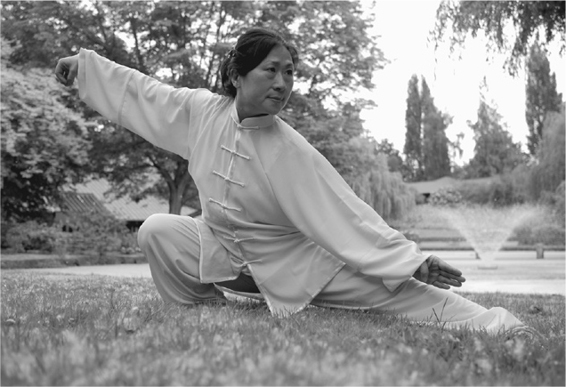
Dr. LU MEI-HUI was born into a martial arts family in Taiwan. She began her training at a very young age and is an indoor disciple in the Wudang martial arts system. Besides her outstanding achievements in academia, she has won championships in many national and international internal martial arts competitions for her performance in handform, push-hands, and weapons. She is listed in the Encyclopedia of Contemporary Outstanding Chinese Martial Arts Masters. Dr. Lus publications cover the fields of education, language and culture, Chinese medicine, painting and martial arts, including the translation of The Major Methods of Wudang Sword. She has written the curriculum and textbook for Xingyiquan physical education classes for first- to ninth-grade students in Taigu County in Shanxi Province, China. She teaches at and is the vice president of the International Wudang Internal Martial Arts Academy in Seattle, Washington. For questions about the material presented in this book, please contact her at .
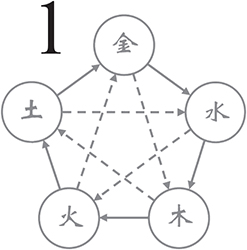
In Search of the Missing Points in the Origin of Xingyiquan Techniques
Xingyiquan ( ; Shape and Intent Boxing) is one of the most influential boxing styles in Chinese martial arts. Because it has been around for so long, there have been many stages in its evolution and much divergence in its names and techniques and in the theories about Xingyiquans origin and content in the existing publications on the subject. It is imperative for us to research the process of its evolution, find the differences in the various theories and practices, and discover the essence of each sub-style at every phase; all of these are crucial in the study of Xingyiquan.
; Shape and Intent Boxing) is one of the most influential boxing styles in Chinese martial arts. Because it has been around for so long, there have been many stages in its evolution and much divergence in its names and techniques and in the theories about Xingyiquans origin and content in the existing publications on the subject. It is imperative for us to research the process of its evolution, find the differences in the various theories and practices, and discover the essence of each sub-style at every phase; all of these are crucial in the study of Xingyiquan.
Despite some disagreement about the creator of Xingyiquan and its successors in the first few generations, there is now a consensus in the recorded literature and contemporary textual research that Xingyiquan was created by Ji Ji-Ke ( ) from Pu Zhou in Shan Xi province during the late Ming or early Qing dynasties. However, the quan (
) from Pu Zhou in Shan Xi province during the late Ming or early Qing dynasties. However, the quan ( ; fist or boxing style) he created, which is the predecessor of Xingyiquan, is quite different from the Xingyiquan widely practiced today.
; fist or boxing style) he created, which is the predecessor of Xingyiquan, is quite different from the Xingyiquan widely practiced today.
Both Xin Yi Ba Shi Er Da Shi ( ; Twelve Big Postures in Key Techniques of Mind and Intent Boxing), a form passed down by the Shaolin Temple, and Xin Yi Quan Shi Da Xing (
; Twelve Big Postures in Key Techniques of Mind and Intent Boxing), a form passed down by the Shaolin Temple, and Xin Yi Quan Shi Da Xing ( ; Ten Big Animal Forms in Mind and Intent Boxing), a form passed down by Ma Xue-Li (
; Ten Big Animal Forms in Mind and Intent Boxing), a form passed down by Ma Xue-Li ( ) in He Nan province, focus on practicing each single technique in order to master fighting skills. They are practical, rather than aesthetically pleasing. They use sideways Bow Stance, which is also used in Xin Yi Liu He Quan (
) in He Nan province, focus on practicing each single technique in order to master fighting skills. They are practical, rather than aesthetically pleasing. They use sideways Bow Stance, which is also used in Xin Yi Liu He Quan ( ; Mind, Intent and Six Harmonies Boxing), created later by Dai Long-Bang (
; Mind, Intent and Six Harmonies Boxing), created later by Dai Long-Bang ( ) in Shan Xi province. However, their focus on movements and techniques draws a clear line between them and the Xingyiquan that we see in later years.
) in Shan Xi province. However, their focus on movements and techniques draws a clear line between them and the Xingyiquan that we see in later years.
Despite the commonality of using sideways Bow Stance, the Liu He Quan, or Xin Yi Liu He Quan, passed down by Dai Long-Bang has a different focus: the coordination between intent, breathing, internal force, and external movements. In addition, he proposes using Dantian  ; field of energy/elixir) as foundation, using yi (
; field of energy/elixir) as foundation, using yi ( ; intent) to lead qi (
; intent) to lead qi ( ; vital energy), coordinating hands with feet, and fusing defense and offense into one. As for the movements, they start natural and relaxed, progressing from slow to fast, aiming to foster strong nei jing
; vital energy), coordinating hands with feet, and fusing defense and offense into one. As for the movements, they start natural and relaxed, progressing from slow to fast, aiming to foster strong nei jing  ; internal force) by fusing internal and external strengths. This nei jing originates from Dantian and circulates throughout the entire body. The ultimate goal of training, according to Dai Long-Bang, is to cultivate an explosive power that can be used effectively in fighting. Dai Long-Bangs great contribution was in shifting the emphasis from movements and techniques to the application of nei yi (
; internal force) by fusing internal and external strengths. This nei jing originates from Dantian and circulates throughout the entire body. The ultimate goal of training, according to Dai Long-Bang, is to cultivate an explosive power that can be used effectively in fighting. Dai Long-Bangs great contribution was in shifting the emphasis from movements and techniques to the application of nei yi ( ; internal intent), nei jing, shen (
; internal intent), nei jing, shen ( ; spirit), and qi. Although both Dai Long-Bang and Ma Xue-Li were taught by Cao Ji-Wu, the techniques they passed on were quite different. Dai not only emphasized internal intent, but also added Zhuang Gong (
; spirit), and qi. Although both Dai Long-Bang and Ma Xue-Li were taught by Cao Ji-Wu, the techniques they passed on were quite different. Dai not only emphasized internal intent, but also added Zhuang Gong (

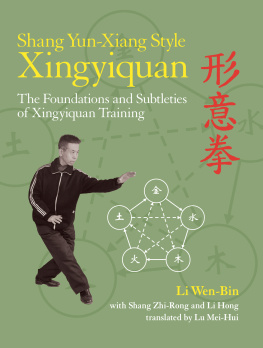


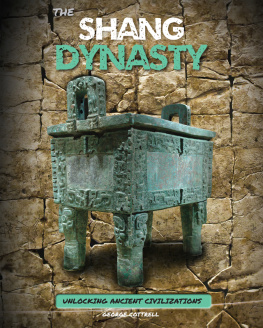
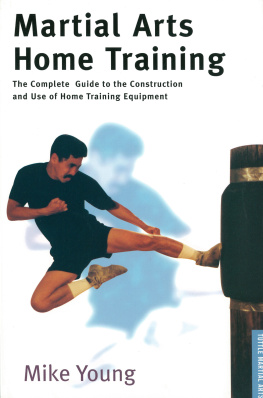
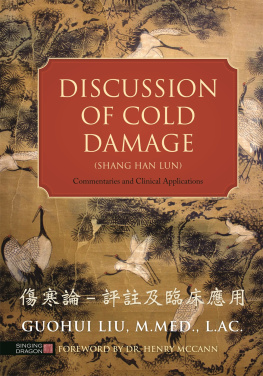
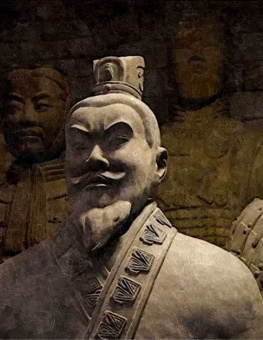
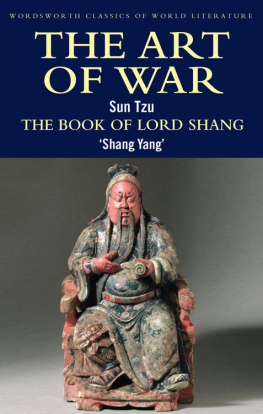
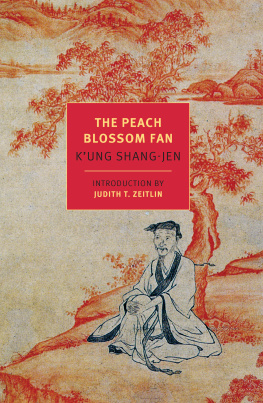


 ; Shape and Intent Boxing) is one of the most influential boxing styles in Chinese martial arts. Because it has been around for so long, there have been many stages in its evolution and much divergence in its names and techniques and in the theories about Xingyiquans origin and content in the existing publications on the subject. It is imperative for us to research the process of its evolution, find the differences in the various theories and practices, and discover the essence of each sub-style at every phase; all of these are crucial in the study of Xingyiquan.
; Shape and Intent Boxing) is one of the most influential boxing styles in Chinese martial arts. Because it has been around for so long, there have been many stages in its evolution and much divergence in its names and techniques and in the theories about Xingyiquans origin and content in the existing publications on the subject. It is imperative for us to research the process of its evolution, find the differences in the various theories and practices, and discover the essence of each sub-style at every phase; all of these are crucial in the study of Xingyiquan. ) from Pu Zhou in Shan Xi province during the late Ming or early Qing dynasties. However, the quan (
) from Pu Zhou in Shan Xi province during the late Ming or early Qing dynasties. However, the quan ( ; fist or boxing style) he created, which is the predecessor of Xingyiquan, is quite different from the Xingyiquan widely practiced today.
; fist or boxing style) he created, which is the predecessor of Xingyiquan, is quite different from the Xingyiquan widely practiced today. ; Twelve Big Postures in Key Techniques of Mind and Intent Boxing), a form passed down by the Shaolin Temple, and Xin Yi Quan Shi Da Xing (
; Twelve Big Postures in Key Techniques of Mind and Intent Boxing), a form passed down by the Shaolin Temple, and Xin Yi Quan Shi Da Xing ( ; Ten Big Animal Forms in Mind and Intent Boxing), a form passed down by Ma Xue-Li (
; Ten Big Animal Forms in Mind and Intent Boxing), a form passed down by Ma Xue-Li ( ) in He Nan province, focus on practicing each single technique in order to master fighting skills. They are practical, rather than aesthetically pleasing. They use sideways Bow Stance, which is also used in Xin Yi Liu He Quan (
) in He Nan province, focus on practicing each single technique in order to master fighting skills. They are practical, rather than aesthetically pleasing. They use sideways Bow Stance, which is also used in Xin Yi Liu He Quan ( ; Mind, Intent and Six Harmonies Boxing), created later by Dai Long-Bang (
; Mind, Intent and Six Harmonies Boxing), created later by Dai Long-Bang ( ) in Shan Xi province. However, their focus on movements and techniques draws a clear line between them and the Xingyiquan that we see in later years.
) in Shan Xi province. However, their focus on movements and techniques draws a clear line between them and the Xingyiquan that we see in later years. ; field of energy/elixir) as foundation, using yi (
; field of energy/elixir) as foundation, using yi ( ; intent) to lead qi (
; intent) to lead qi ( ; vital energy), coordinating hands with feet, and fusing defense and offense into one. As for the movements, they start natural and relaxed, progressing from slow to fast, aiming to foster strong nei jing
; vital energy), coordinating hands with feet, and fusing defense and offense into one. As for the movements, they start natural and relaxed, progressing from slow to fast, aiming to foster strong nei jing  ; internal force) by fusing internal and external strengths. This nei jing originates from Dantian and circulates throughout the entire body. The ultimate goal of training, according to Dai Long-Bang, is to cultivate an explosive power that can be used effectively in fighting. Dai Long-Bangs great contribution was in shifting the emphasis from movements and techniques to the application of nei yi (
; internal force) by fusing internal and external strengths. This nei jing originates from Dantian and circulates throughout the entire body. The ultimate goal of training, according to Dai Long-Bang, is to cultivate an explosive power that can be used effectively in fighting. Dai Long-Bangs great contribution was in shifting the emphasis from movements and techniques to the application of nei yi ( ; internal intent), nei jing, shen (
; internal intent), nei jing, shen ( ; spirit), and qi. Although both Dai Long-Bang and Ma Xue-Li were taught by Cao Ji-Wu, the techniques they passed on were quite different. Dai not only emphasized internal intent, but also added Zhuang Gong (
; spirit), and qi. Although both Dai Long-Bang and Ma Xue-Li were taught by Cao Ji-Wu, the techniques they passed on were quite different. Dai not only emphasized internal intent, but also added Zhuang Gong (